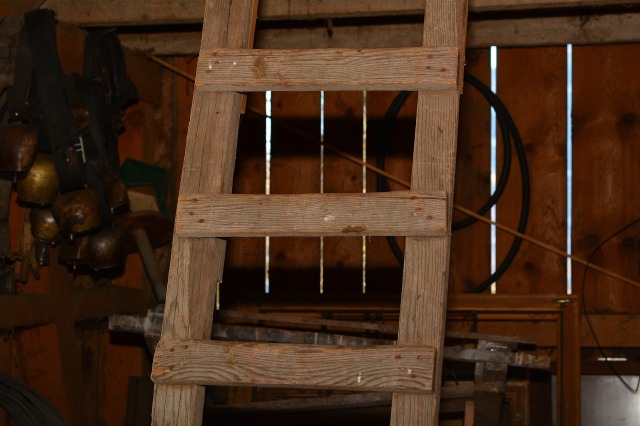Dear Clutter Fairy,
I desperately need your expert help on how to store my handbags! A little handbag obsessed, I went out shopping last weekend and bought yet another Mulberry handbag (for a price I’m even a little embarrassed to disclose). I was about to shove it with the rest of my dust-collecting stash at the bottom of my wardrobe when it suddenly dawned on me just how neglectful and careless I have been with my handbag possessions that are literally worth thousands! I mean, I wouldn’t dream of storing my Swarovski crystal ornaments in this way but unlike my crystal, my handbags don’t have a display cabinet! In fact, they don’t even have a place in my wardrobe – they’re shoved at the bottom with a couple of old pairs of heels. My vintage numbers, favourite patent leather clutches and much-loved Mulberry collection is quite simply getting tarnished, squashed, scuffed and scratched! I’m sure I’m like many others in this handbag storage turmoil – could you please give me some storage direction? My handbags desperately need a wardrobe home…

Dear Handbag Lover,
First things first, your gorgeous new Mulberry bag needs pride of place, and it needs TLC. You aren’t alone with your handbag collection lurking in the depths of your wardrobe. Modern British homes rarely have the Sarah Jessica Parker walk in wardrobe that we dream of – so we have to be clever and maximise the space we have. Handbags need to be contained so they don’t fall over and plumped so they don’t crease. Most importantly you need to be able to see your collection in its entirety so you don’t fall foul of the 80/20 rule and only use 20% of your bags 80% of the time.
Even though you so want to see your gorgeous bag every time you open your wardrobe the reality is it needs to be covered. Daylight and dust aren’t kind to luxury leather so that dust bag they gave you when you bought the bag needs to be used. Even if not all your bags are designer, most High Street handbags now come with a dust cover or you can easily get hold of them online. If you have so many Mulberry dustbags you are not sure which one holds which bag(lucky you!) use a pretty luggage label with a photograph of your bag and tie it on so it’s visible.
Bubble wrap is great for filling your larger bags so they retain their shape and keep on looking as good as the day you bought them. When you are using the bag just put the bubble wrap in the dustbag so it doesn’t look unsightly.
So how do you best contain your bags? It’s a simple concept and one which contemporary bedroom storage designers are incorporating into their wardrobes. By responding to the modern woman’s needs and tastes, there are some exciting, innovative solutions out there now. You need upright dividers and lots of them. A 50cm wide by 50cm tall section is brilliant for most bag sizes and could even hold 2 or 3 smaller vintage clutches side by side. If you are designing a new wardrobe, take your bag collection into consideration. I see lots of beautifully designed wardrobes on my travels with bags thrown in on high shelves. Don’t let your bags be an afterthought. Make sure the shelves for your bags are at eye level and you have enough to hold your collection. If necessary you can forfeit some of your hanging space for your bags.
I hope I have solved your dilemma – your timeless classic needs to be used and enjoyed for years to come and with the right storage in place that can be a reality. Have fun!
The Clutter Fairy


 How fast did November go by? Can’t believe it’s December already and the seasons’ festivities are almost upon us. December is a busy time for us declutterers as it starts to dawn on people what needs to be done to prepare for that ‘perfect’ day.
How fast did November go by? Can’t believe it’s December already and the seasons’ festivities are almost upon us. December is a busy time for us declutterers as it starts to dawn on people what needs to be done to prepare for that ‘perfect’ day.



